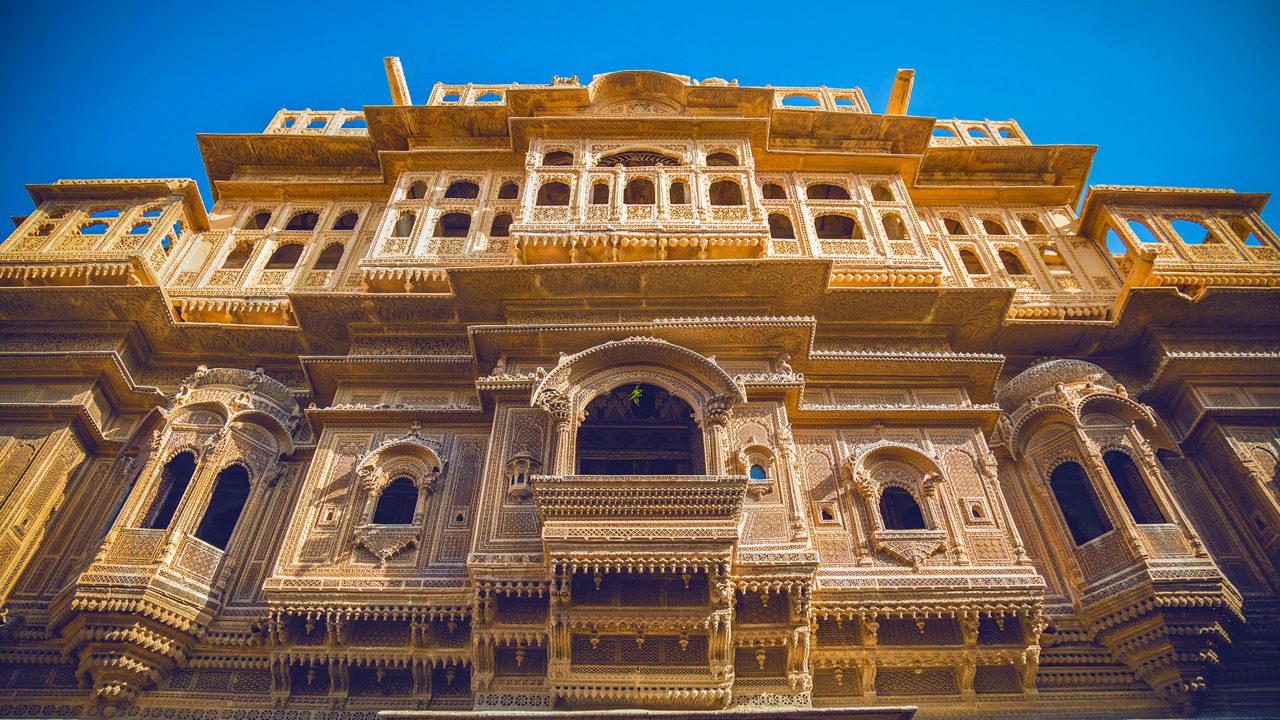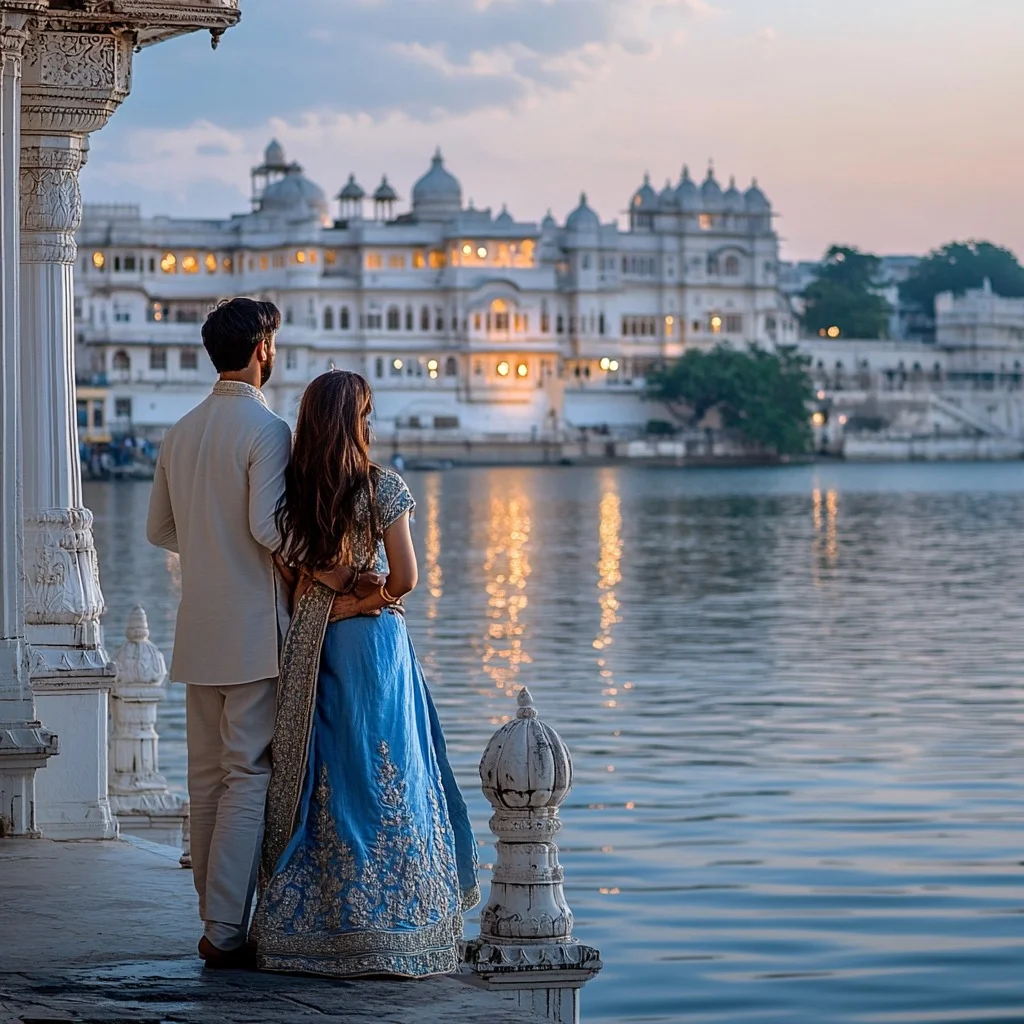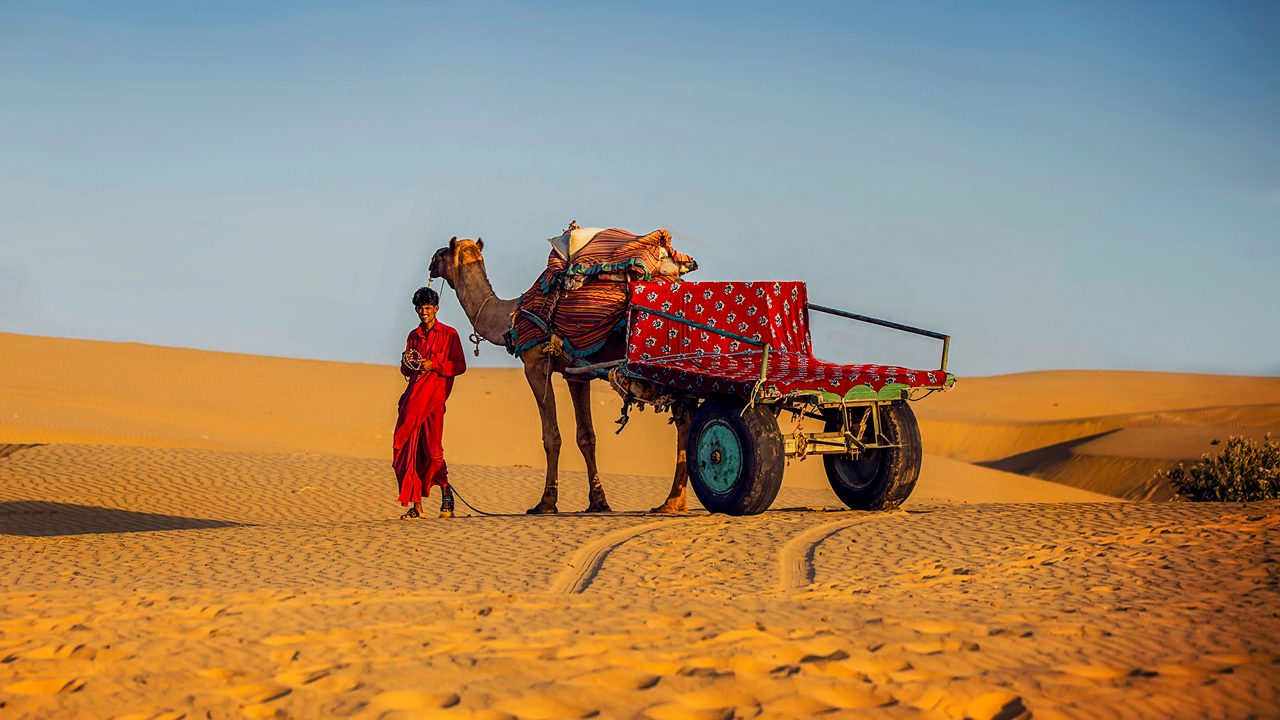Beyond the Dunes: Hidden Gems of Jaisalmer You Must Explore

Introduction: Jaisalmer Beyond the Famous Landmarks
Jaisalmer is often associated with its golden dunes, grand fort, and vibrant bazaars, but beyond its popular attractions lie hidden gems that offer unique experiences. These lesser-known spots provide a deeper insight into the city’s rich history, architectural marvels, and cultural essence.
From abandoned villages shrouded in mystery to serene lakes and ancient temples, exploring Jaisalmer beyond its dunes unveils a different side of the Golden City.
Kuldhara Village: The Abandoned Ghost Town
One of the most intriguing places near Jaisalmer is Kuldhara Village, known for its mysterious past and eerie silence.
History of Kuldhara
-
Established in the 13th century by the Paliwal Brahmins, Kuldhara was once a flourishing settlement.
-
According to legend, the village was abandoned overnight due to oppressive taxation imposed by a local ruler.
-
Some believe supernatural forces prevent anyone from settling here permanently.
Even today, Kuldhara remains uninhabited, and visitors often feel an unsettling calm as they walk through its deserted lanes. The ruins of houses, temples, and streets provide a glimpse into its once-thriving existence.
Lodhruva: The Ancient Capital of Jaisalmer
Before Jaisalmer became the seat of power, Lodhruva served as the capital of the Bhati dynasty. Today, it stands as a testament to the region’s historical grandeur, with remarkable Jain temples and architectural ruins.
What to See in Lodhruva
-
Parshvanath Jain Temple – Famous for its intricate carvings, torana (arched gateway), and Kalpavriksha (wish-fulfilling tree).
-
Ancient ruins and cenotaphs that provide insight into Jaisalmer’s early settlements.
-
Serene desert landscapes, making it a peaceful retreat away from the city’s crowds.
Lodhruva is an ideal place for history enthusiasts and photography lovers seeking a quiet yet enriching experience.
Khaba Fort: A Forgotten Fortress in the Desert
Another hidden gem near Jaisalmer is Khaba Fort, a crumbling fortress that offers breathtaking panoramic views of the surrounding desert.
What Makes Khaba Fort Unique?
-
It was once inhabited by the Paliwal Brahmins, similar to Kuldhara.
-
The fort’s ruins, temples, and abandoned houses narrate tales of an era gone by.
-
A small museum inside the fort showcases artifacts and ancient pottery.
The fort’s secluded location makes it perfect for those looking to escape the usual tourist trails and experience the raw beauty of Rajasthan’s landscape.
Tanot Mata Temple: A Sacred Shrine with a War History
Located close to the India-Pakistan border, the Tanot Mata Temple is not just a religious site but also a symbol of faith and resilience.
Significance of Tanot Mata Temple
-
It is believed that Tanot Mata protected the region during the 1965 and 1971 Indo-Pak wars.
-
Many unexploded bombs, which failed to detonate during the war, are displayed within the temple premises.
-
The Indian Army manages the temple, adding to its historical and national significance.
A visit to Tanot Mata Temple offers a blend of spirituality, history, and patriotism, making it a must-see for travelers.
Desert National Park: A Haven for Wildlife Enthusiasts
Beyond the sand dunes, Desert National Park is one of India’s largest wildlife reserves, offering a glimpse into the unique flora and fauna of the Thar Desert.
Wildlife to Spot in Desert National Park
-
Great Indian Bustard – One of the rarest birds, often spotted here.
-
Blackbucks and Chinkaras – Graceful antelopes roaming freely.
-
Desert Foxes and Wolves – Adapted to the harsh desert environment.
Visitors can enjoy jeep safaris and explore the rugged beauty of this desert ecosystem, which remains largely unexplored by mainstream tourists.
Gadisar Lake: A Peaceful Retreat Amidst the Sands
Amidst Jaisalmer’s dry landscape, Gadisar Lake provides a serene escape with its calm waters, ornate cenotaphs, and migratory birds.
Why Visit Gadisar Lake?
-
Built in the 14th century by Maharawal Gadsi Singh as a water conservation reservoir.
-
Chhatris (cenotaphs) and temples surround the lake, adding to its historical charm.
-
Ideal for boat rides, photography, and birdwatching.
Gadisar Lake is best visited during sunrise or sunset, when the golden hues of the water create a mesmerizing sight.
The Hidden Stepwells of Jaisalmer
While Rajasthan is known for its majestic stepwells, Jaisalmer has several lesser-known baoris (stepwells) that served as ancient water storage systems.
Stepwells Worth Exploring
-
Tilon Ki Pol Stepwell – A historical structure near Gadisar Lake.
-
Ram Kund Stepwell – An ancient Hindu pilgrimage site.
-
Panchmukhi Stepwell – An architectural marvel hidden within the old city.
These stepwells reflect the region’s ingenious water conservation techniques in an arid landscape.
A Unique Stay Experience in Jaisalmer
Exploring these hidden gems can be enhanced by choosing an authentic desert stay experience. For those seeking a blend of comfort and adventure, a Luxury Tent in Jaisalmer offers an ideal retreat amidst the golden sands.
What to Expect from a Desert Stay?
-
Traditional tented accommodations with modern amenities.
-
Cultural performances featuring folk dance and music.
-
Desert safari options, including camel and jeep safaris.
A stay in Jaisalmer’s desert camps allows visitors to experience the tranquility of the dunes while enjoying Rajasthani hospitality.
How to Explore Jaisalmer’s Hidden Gems?
To make the most of these lesser-known attractions, here are a few travel tips:
✔ Start early – Many of these sites are located outside the main city, requiring travel time.
✔ Hire a local guide – They offer valuable insights into the history and folklore.
✔ Dress comfortably – The desert climate can be extreme, so light clothing and sunscreen are essential.
✔ Carry cash – Some remote locations may not have digital payment facilities.
✔ Respect local customs – Many of these places have cultural and religious significance.
Conclusion: A Different Side of Jaisalmer Awaits You
While Jaisalmer’s forts, dunes, and havelis remain its biggest draws, these hidden gems offer a unique and enriching experience. Whether it’s the mystery of Kuldhara, the serenity of Gadisar Lake, or the spirituality of Tanot Mata Temple, exploring beyond the usual tourist spots unveils a Jaisalmer rarely seen by most travelers.
For those looking to immerse themselves in history, nature, and culture, venturing beyond the dunes is the key to discovering the true soul of Jaisalmer.






